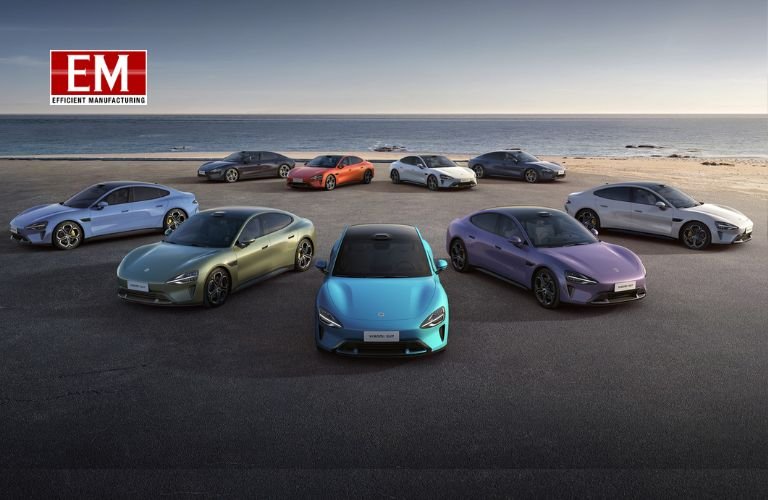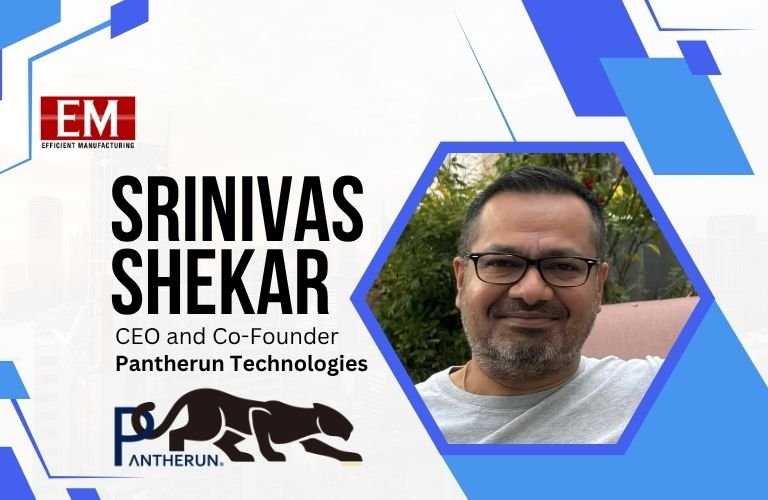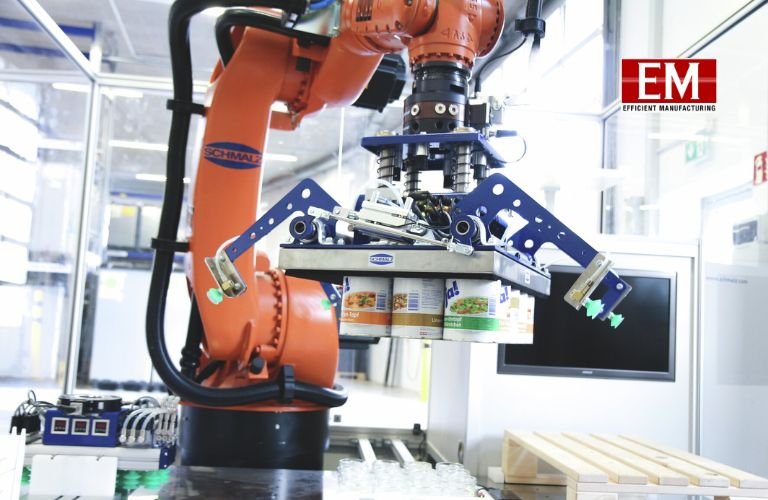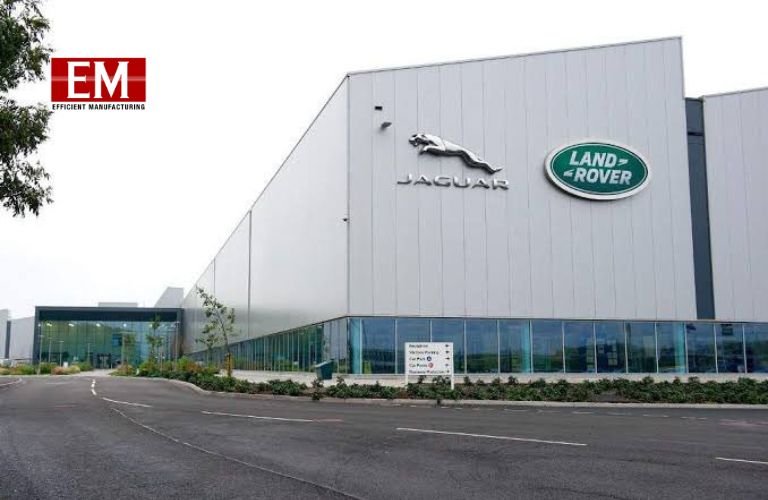Manufacturing has evolved from traditional, labour-intensive methods to highly automated, data-driven processes, revolutionising efficiency and sustainability. With ERP, IoT, and AI-driven automation, industries now optimise production, minimise waste, and enhance precision like never before. Darshil Shah, Founder and Director of TreadBinary, explores how these advanced technologies are reshaping modern manufacturing for a smarter, more agile future.
Before the Industrial Revolution hit the manufacturing sector, goods were primarily produced by skilled artisans. The production was largely small-scale and labour-intensive. Since these methods could not cope with the rising demand, industries started investing in technologies. This investment paid off. Innovations such as spinning jenny completely revolutionised the cloth industry. The manufacturing sector, too, was not out of this wave of innovation. Driven by the need for greater precision, quality, and quantity, automation systems and industrial machinery began to replace manual labour. However, in this early phase, machines operated independently with minimal communication between systems and active human intervention, limiting overall efficiency.
Limitations of Traditional Manufacturing
The growing population in the 18th and 19th centuries increased the demand for consumer and other household goods, but traditional methods of hand-made production could not keep up with rising demand. Before modern technologies entered into manufacturing, it had various major problems. The systems and departments operated in silos and thus brought inefficiencies in coordination and decision-making. Equipment downtime was the other major problem because, most of the time, maintenance of equipment was reactive in nature, which led to a breakdown that would occur with no warning at all hence, halting the process of production.
Another challenge was maintaining consistency in product quality because defective products would get wasted and reprocessed. Inventory management was another challenge, as overstocking would increase the cost, while a shortage would stall production. Inadequate resource utilisation also increases the cost of operations because it affects profitability. Yet another challenge in traditional manufacturing systems is that it would take much time to adjust to fluctuations in demand or a breakdown in the supply chain, making it rather inflexible. Sustainability was fast becoming a concern. To address which the system needed to be made more complex to meet environmental goals as well as regulatory requirements. Collectively, these issues were slowing down productivity, raising costs, and limiting manufacturers’ ability to remain competitive in a rapidly evolving market. In the later decades of the 20th century, manufacturing was advanced by the introduction of principles such as Kaizen, Six Sigma, and lean manufacturing, which were all aimed at minimising waste, eliminating defects, and enhancing production flexibility.
Making Modern Manufacturing Efficient and Sustainable
The integration of ERP systems drastically changed the landscape of manufacturing, as it combined and brought under one roof management of resources, supply chain, finances, and workflow. Automated reporting pushed agility in decision-making, for the information was precise, and action could be taken swiftly. Its real-time feature eradicated bottlenecks due to systems not interacting with each other, while metrics such as OEE gave a view of availability, performance, and quality of machines. ERP systems ensured smooth inventory turnover as optimum stock levels were maintained in order to reduce costs and avoid shortages. Better interdepartmental communication allowed companies to adjust quickly to changes by removing inefficiencies and boosting productivity at every stage.
IoT further transformed the manufacturing landscape with sensors installed along the production lines that generated streams of data in real-time. Sensors provided profound insights into equipment performance, operational health, and energy utilisation. Predictive maintenance based on IoT enabled manufacturers to predict breakdowns, reduce downtime, and prolong machinery life.
By integrating ERP with IoT, the manufacturing systems achieved unprecedented levels of synchronisation, whereby machines were exchanging data in real time to hand over tasks between stations. Such fluid communication reduced manual intervention, thus allowing for the production process to be produced without interruptions and to give rise to a streamlined and autonomous workflow.
The blend of technology is not only making the manufacturing operations efficient, but they are also making the companies more dedicated to environmental stewardship. As sustainability has become the very basis of business strategy, almost 95 percent of the respondents in both formal and informal sectors have developed policies on sustainability or ESG programmes in the last two years. This significant shift represents an active approach toward adjusting the production practices in terms of environmental goals and has made it evident that business firms are increasingly acknowledging the necessity of operating responsibly.
AI and Machine Learning taking automation to new heights
In the same manner, ERP and IoT have elevated the manufacturing processes by embedding AI, machine learning, and advanced robotics in their system. With the adaptable capabilities of AI systems, every cycle enhances operations with new data learned. Upon encountering defects, algorithms of machine learning start changing the parameters automatically, and that problem doesn’t happen again; thus, quality outputs are always obtained. This technology minimises waste and maximises throughput in the processes of manufacturing, and can enable companies to deliver goods on tight timelines precisely.
AI also enhances material use by taking into account factors such as cost, performance, and environmental concerns. It analyses usage patterns in order to recommend the appropriate materials for production while taking into account specific needs in terms of using lightweight composites for consumer goods or the use of durable materials in industrial tools without sacrificing on quality.
Advanced AI-driven robotics pushes the limits of automation to new levels through complex tasks such as inspection for quality and assembly while involving humans as little as possible. These machines are continuously learning and updating so that they can independently perform multiple functions, thus forecasting potential faults that trigger preventive measures, ultimately reducing the amount of rework and idle downtime, thereby increasing production processes while withstanding unseen challenges during operational continuity despite fierce competition in the market. Manufacturers can now run smarter, more agilely, and robustly at all different levels due to the synergy existing between ERP, IoT, and AI.
Conclusion
Advanced technologies are an intricate part of the fabric of modern manufacturing. Integrating and enhancing each aspect of production, it now uses embedded systems to carry out the automation of various workflows, facilitate communication in a machine-to-machine type of setup, and ensure the optimal use of every resource. The Internet of Things sensors allow companies to have real-time information regarding the equipment’s health status and operational performance so as to intervene swiftly before issues create disruptions. As the operational efficiency of ERP reduced the complexity of the operations, a new wave opened up for some further developments with AI, machine learning, and robotics technologies. These intelligent systems drive precision by learning from data, continuously evolving without human input. They detect inefficiencies, optimise processes, and fine-tune production lines, ensuring faster outputs without compromising quality. AI-powered robotics now perform intricate tasks autonomously, minimising errors and downtime. The synergy between these technologies offers unmatched agility, ensuring manufacturers stay competitive while meeting dynamic market demands.








